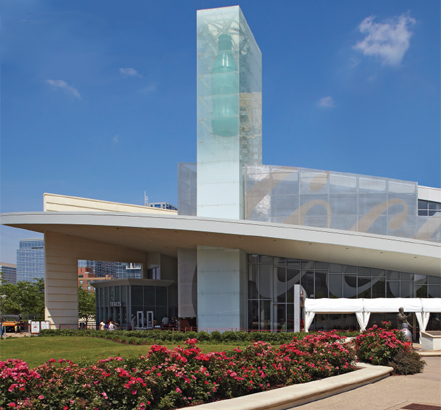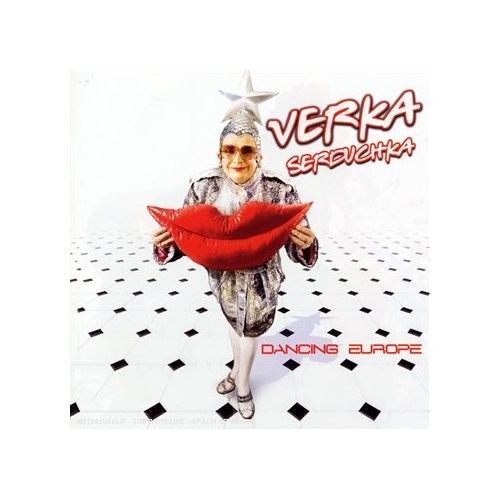
Recommendations for Tekla Structures workstations Tekla Structures hardware recommendations are based on the setups that have been used in testing Tekla Structures and proven to be compatible with Tekla Structures. In addition to setups presented in this document, there are plenty of other suitable setups available. You can use this document as a guideline definition of the distribution and direction of the reinforcing bars in rebar sets The spacing of the reinforcing bars is measured along the rebar set guideline. The rebar set guideline can be a line, or a polyline that may have corner chamfers. In choosing new hardware, but bear in mind that equipment and labels presented in this document are not the only suitable hardware setup. The main criterion when choosing hardware is reliable performance. If you are considering a new hardware component, e.g.
Graphics card, test it beforehand to ensure it fulfills the requirements. If you are considering purchasing large number of computers for your Tekla Structures users, test and verify the setup first with one or two computers before purchasing a large batch. Tekla Structures is designed to be used on a desktop or laptop computer. Zhurnal ucheta potrebleniya elektroenergii obrazec. Tekla Structures has not been tested for server installations or for virtualization. Operating system Tekla Structures 17 is supported in the following operating systems: 32-bit and 64-bit Windows 7 32-bit and 64-bit Windows Vista SP 2 32-bit Windows XP SP 3 Additional software components Tekla Structures 17 uses Microsoft.NET framework 4.0 and Microsoft Visual C++ 2010 Redistributable.
These software components are installed automatically by Tekla Structures 17 installation package, if needed. However, if you are distributing Tekla Structures 17 in a centralized manner using.msi packages, then you need to download these software components from Microsoft web site and install them separately before distributing Tekla Structures.

Hardware Components Every component plays a role in the performance and usability of the computer. The important components for performance are memory, graphics card and processor. From an ergonomic point of view, the important components are monitor(s), graphics card, keyboard and mouse. Memory Memory requirements depend on the size of the model. Large models require more memory. An average setup for lighter projects is 32-bit operating system with 3 to 4 GB of RAM. If you are working with heavier projects, you should consider having a proper PC installation of 64-bit Tekla Structures 17 on 64-bit operating system and at least 4 GB of RAM.
It’s not unusual to have 8 GB, 16 GB or even more RAM when working with large models. Note that the supported amount of RAM varies within different 64-bit Windows editions. Please also note that especially with laptops the physical limit of supported RAM modules may be low. Memory problems are usually difficult to trace. Do not buy the cheapest kind memory, but consider some quality brand. Processor 'The faster, the better' is the rule that applies with processors. In Tekla Structures 17 some commands, such as clash check, reference model model which the designer can use as an aid when building another model A reference model is created in Tekla Structures or in other software and can be inserted to Tekla Structures.
Kuttichathan serial wiki movie. My Dear Kuttichathan (lit. My Dear Little Ghost) is a 1984 Indian Malayalam fantasy film, directed by Jijo Punnoose. The film was produced by his father Navodaya Appachan under Navodaya studio in Kerala.
The reference model appears together with the model but it is not modified by Tekla Structures. The user can snap to reference model points. For example, an architectural model, a plant design model, or a heating, ventilating, and air-conditioning (HVAC) model can be a reference model. Handling and.NET applications, are run as a separate process, and therefore a multi-core processor makes your work more efficient. Please note that Tekla Structures does not support Itanium processors.